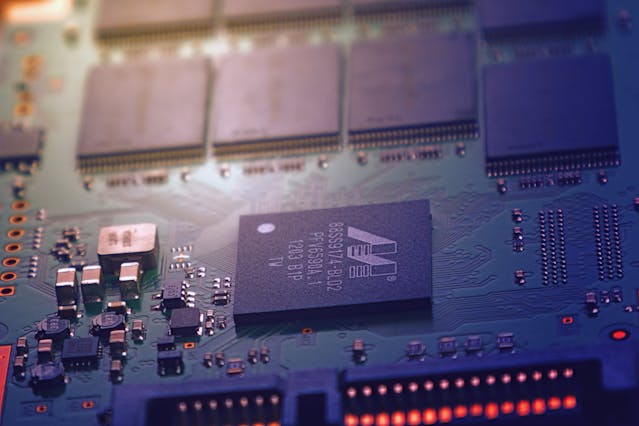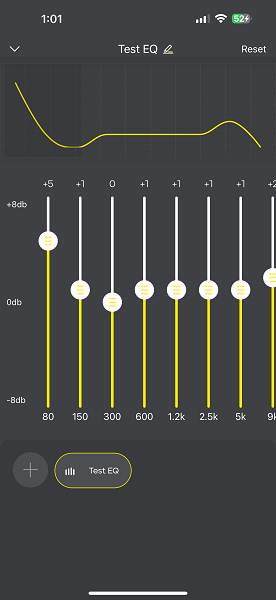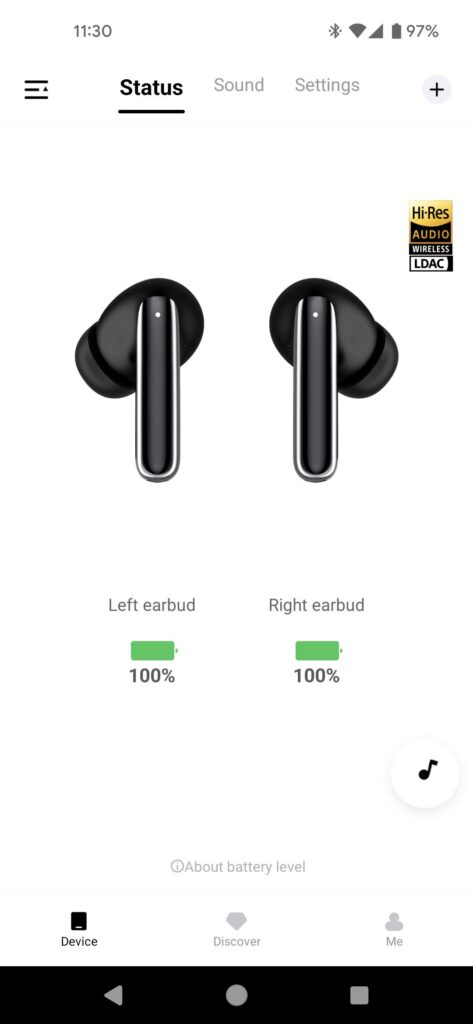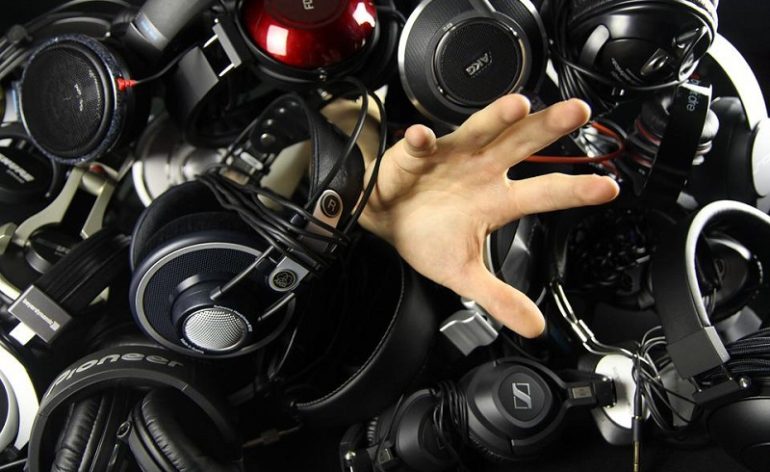I Must Use Headphones – What’s Most Important? Part 4 – Usability
When choosing headphones, sound quality, comfort, and build all play crucial roles. However, usability is equally important. Modern headphones come packed with features that enhance the listening experience through digital signal processing (DSP), spatial audio technologies like Dolby Atmos, customizable equalization (EQ), and companion apps. In our last article of the series we talk about all the bells and whistles and see what’s important to you. In part 4 of our I Must Use Headphones Series, we look at usability. Let’s discuss.
Digital Signal Processing (DSP)
DSP is a game-changer in modern headphone design. It allows manufacturers to tailor sound profiles, compensate for limitations in driver design, and even enhance spatial awareness. Some of the most common DSP implementations include:
- Bass Boost & Virtual Surround Sound – Many gaming and music headphones use DSP to enhance low frequencies and create a wider soundstage.
- Active Noise Cancellation (ANC) – By analyzing external noise and creating an inverse sound wave, DSP dramatically reduces background noise for a more immersive experience.
- Adaptive Audio Processing – Some high-end headphones adjust sound dynamically based on your environment, optimizing clarity and reducing distortion in real time.

Dolby Atmos & Spatial Audio
Headphones are no longer limited to standard stereo sound. Technologies like Dolby Atmos and Sony’s 360 Reality Audio take immersion to the next level by adding a sense of height and depth.
- Dolby Atmos for Headphones – This technology simulates a multi-dimensional audio space, making it feel like sound is coming from all around you rather than just left and right.
- Windows Sonic & DTS Headphone:X – These are competing spatial audio solutions that can enhance gaming, movie watching, and even music listening.
- Apple’s Spatial Audio – Apple’s take on immersive audio, which uses head tracking to create a dynamic, 3D sound experience that moves as you do.
Be aware that most of these technologies are just an enhanced form of DSP, and the headphones don’t have more drivers. Plus, there can be a cost associated with these headphones. For example, with my Xbox, if you want to use Dolby Atmos, you need to purchase a license for the app. While not that expensive, its an added cost.

Equalization (EQ) and Custom Sound Profiles
Customizing the sound of your headphones is easier than ever with built-in EQs and companion apps.
- Graphic & Parametric EQs – Many modern headphones come with adjustable EQ settings that let you tweak bass, mids, and treble to your preference.
- Personalized Sound Tuning – Some brands, like Audeze and Sennheiser, offer hearing tests within their apps to tailor the sound signature to your hearing profile.
- Preset Sound Modes – Music, gaming, and movie modes optimize the sound signature for specific content types, ensuring a more enjoyable experience.
Again, this is just another form of DSP. However, for many, it is welcomed. I rarely use EQ on my headphones, but every so often I will come across a set that has a colored sound, and I will use the EQ to put the sound back in line with my typical, very neutral, listening preferences.

Companion Apps and Smart Features
Many premium headphones come with dedicated apps that enhance usability and customization. I am almost shocked when a new headphone doesn’t have some form of app. But, as gimmicky as it sounds, they can serve a valuable purpose.
- Firmware Updates – Apps ensure your headphones stay up to date with the latest features and performance improvements.
- Customizable Controls – Some apps allow you to modify touch gestures, button functions, and even voice assistant settings.
- Sound Personalization – Many apps feature sound calibration tools to fine-tune your audio experience based on hearing tests or AI-driven adjustments.
- Battery & Connection Management – Monitor battery life, switch between devices, and fine-tune Bluetooth settings all from a single app.

Other Key Usability Features
Beyond DSP, spatial audio, EQ, and apps, other usability features can make or break your headphone experience.
- Multipoint Connectivity – The ability to connect to multiple devices simultaneously is a must for those juggling between work and personal use.
- Touch & Button Controls – Physical buttons offer reliability, while touch controls provide sleekness—choosing the right one depends on your preference.
- Voice Assistants & Smart Integration – Alexa, Google Assistant, and Siri integration make it easier to control your headphones hands-free.
- Low-Latency Modes – Essential for gaming and video content, reducing audio delay for a more synchronized experience.
Our Take
Usability plays a huge role in the overall headphone experience. Features like DSP, Dolby Atmos, EQ customization, companion apps, and smart integrations can make a world of difference depending on your needs. Whether you’re after an immersive cinematic experience, precise gaming audio, or a personalized music profile, understanding these usability factors will help you pick the right pair of headphones for your lifestyle.
In the end, you need to choose a set of headphones with the features that you want and will actually use. If simple is what you need, don’t pay for features you won’t use. On the other hand, if you want all the fancy DSPs and gimmicks, get it and don’t look back.


